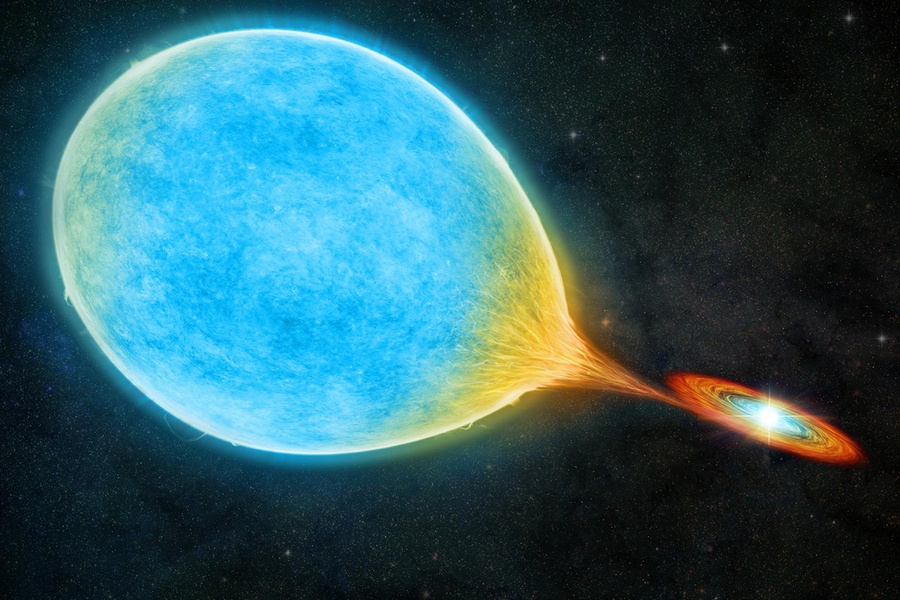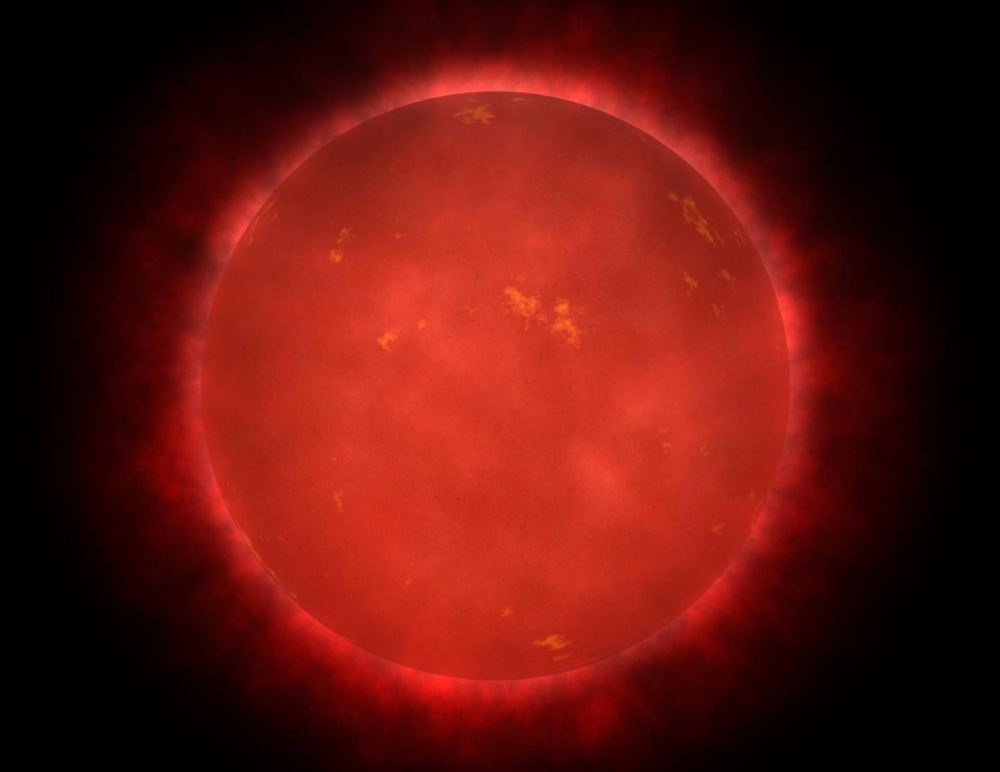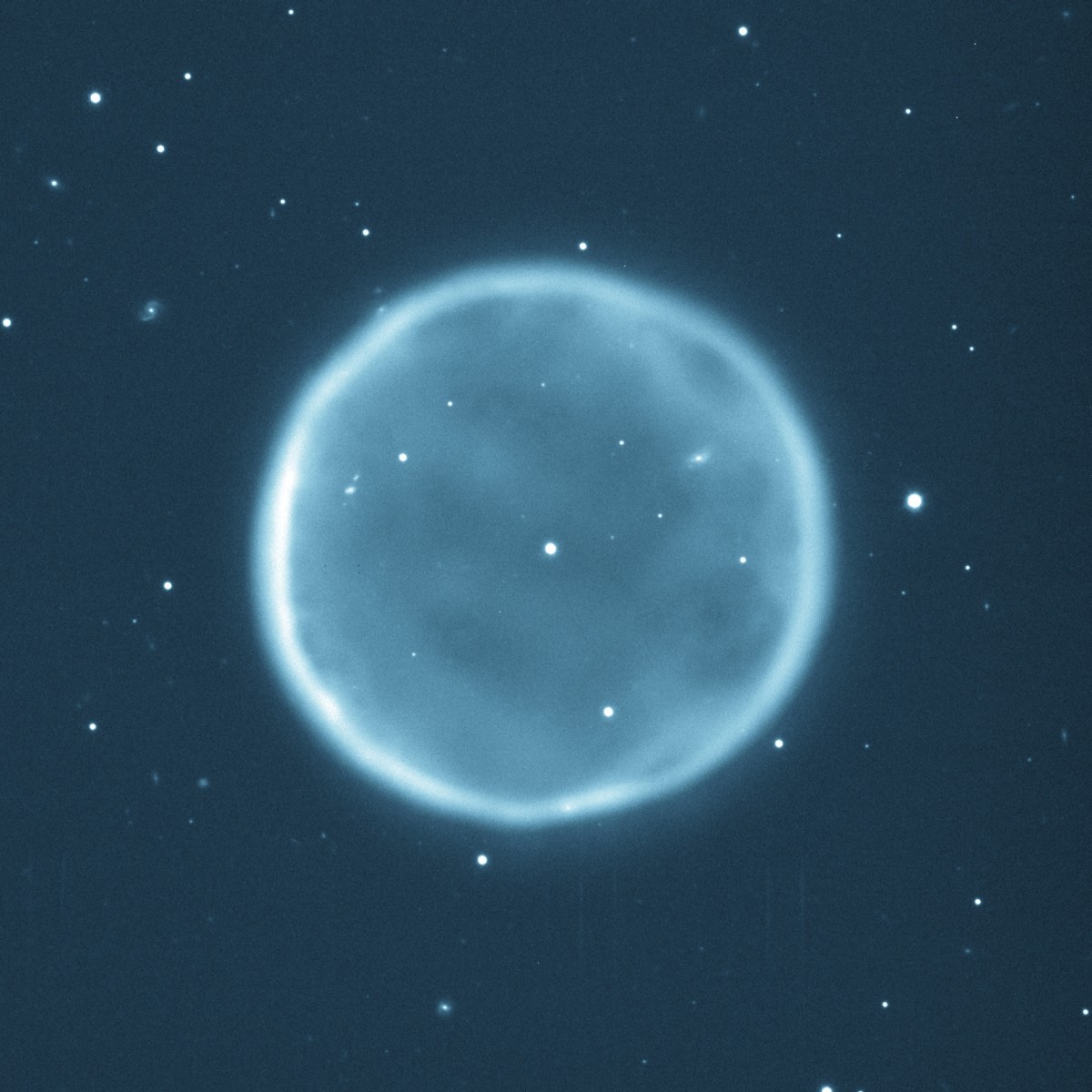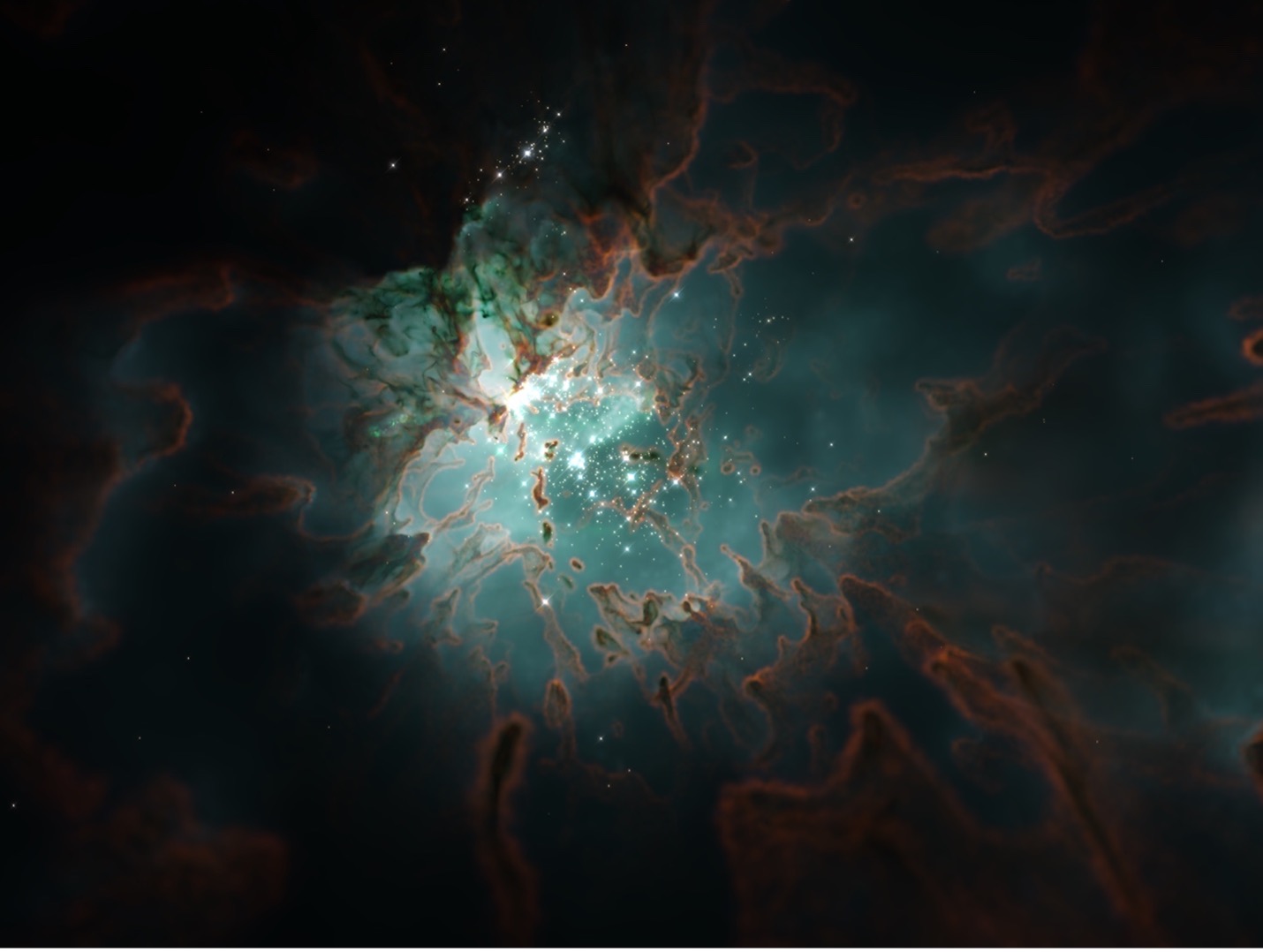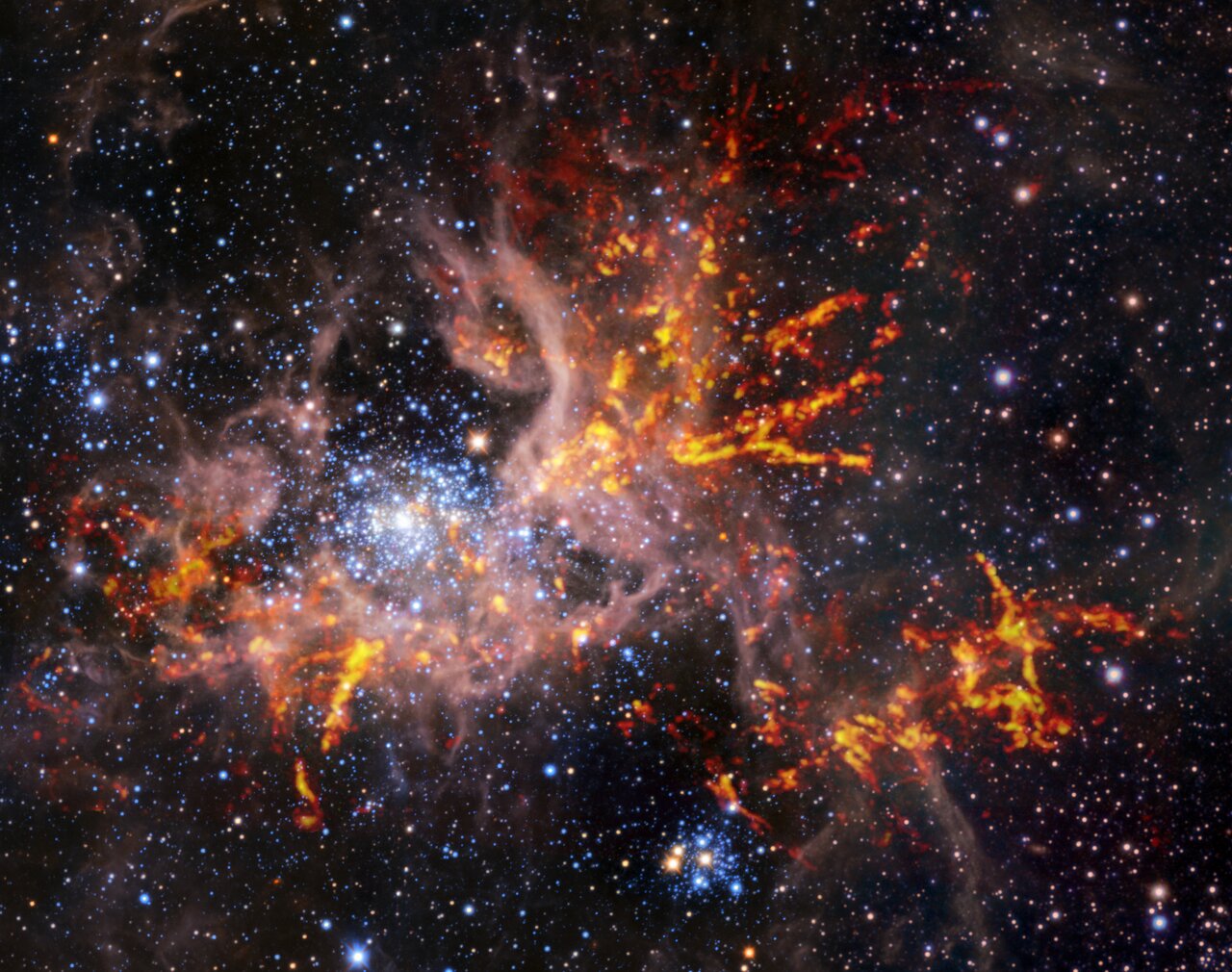When we look at images of star birth regions, they look both placid and active at the same time. That’s nowhere more true than in a stellar nursery associated with a so-called “Herbig-Haro” object. A recent image from Hubble Space Telescope zeroed in on two called “HH 1” and “HH 2”. It looked at the turbulence associated with a nearby newborn star system.
Continue reading “Hubble Looks at Newly Forming Stars in a Stellar Nursery”Hubble Looks at Newly Forming Stars in a Stellar Nursery


